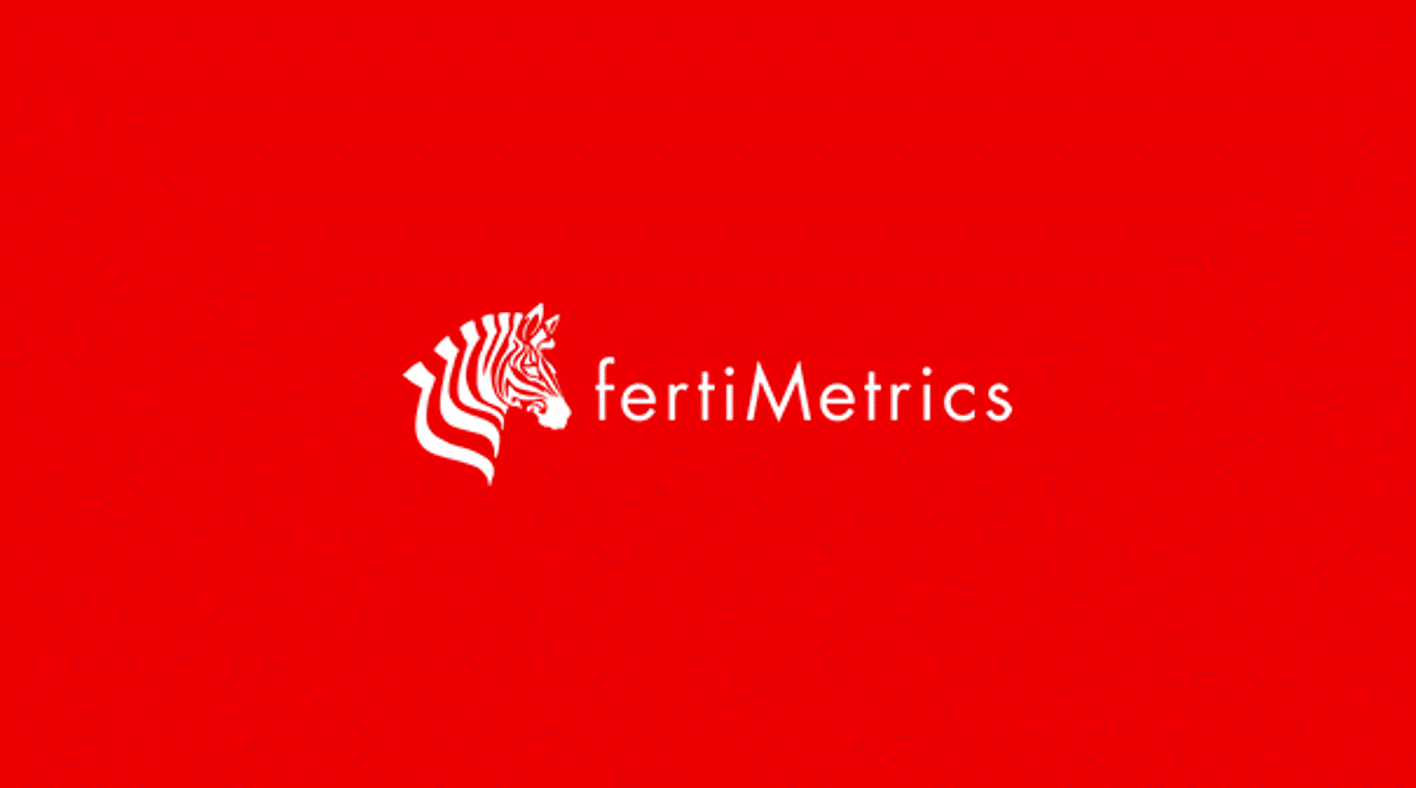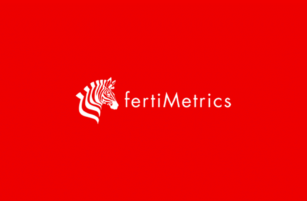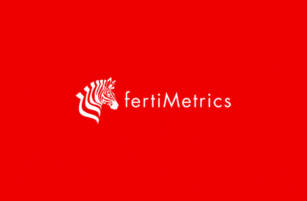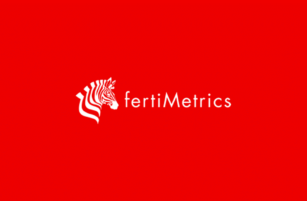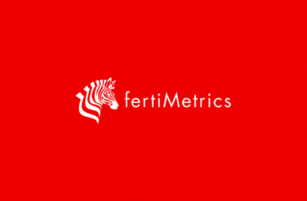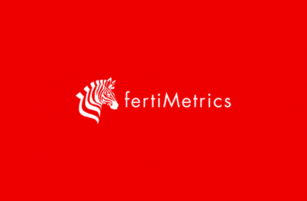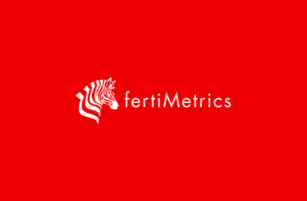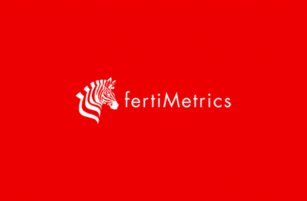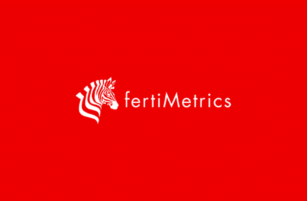Insight Focus
Strikes in India and Canada are impacting the processed phosphate and potash markets. A heavier than usual monsoon season in India could lend support to urea prices. Ammonia prices remain disjointed east and west of Suez.
Pockets of Urea Demand Open
The international urea market is rather subdued with most participants awaiting the tender results from India on August 29 both in terms of price and the volume offered. Opinions vary on the volume from 750,000 tonnes to 1.5 million tonnes.
It is monsoon season in India and rainfall is above average at 106%. This means there is a chance that urea consumption will be above normal too, but India has flexibility with a current inventory level of around 8 million tonnes.
For perspective, domestic production in India is around 32 million tonnes, while consumption for the fertilizer year April through March is expected to be closer to 37 million tonnes. In other words, India will need to import around 5 million tonnes in total. It has already imported 1.8 million tonnes.
Brazil is showing some interest in imports with one deal of 20,000 tonnes done this week reported at USD 355/tonne CFR. There are also reports that other bids are coming in slightly higher.

Demand in Asia Pacific has come to a standstill with both Australia and Thailand nearing the end of the main import season. Other markets in Southeast Asia are virtually non-existent, while producers like BFI and Petronas are sold out for the month of August but September appears to be wide open.
BFI is reported to have sold for August shipment at above USD 340/tonne FOB and Petronas around the USD 335/tonne FOB mark. However, Petronas is busy fulfilling contractual cargoes following shutdown of production.
Pupuk Indonesia is keeping quiet and there are no rumours of potential tenders. An article published this week on Facebook by a Pupuk Indonesia employee said that Indonesia has reached NPK capacity of 9 million tonnes and growing.
Balanced fertilization is the order of the day to achieve food security in rice production and other crops. This could in theory mean that urea exports from Indonesia will be lower in the future.
Egyptian producers are struggling to gather attention and FOB levels are said to be around the USD 340-345/tonne range. MOPCO is reported to have sold a cargo destined for Europe at USD 345/tonne FOB.
Middle Eastern producers have yet to place September tonnage in anticipation of the India tender and the hope that returns will be higher than those offered by other markets for the time being. The highest offer level for Brazil is USD 320-330/tonne FOB.
A report in a Chinese newspaper this week indicates that more than 7 million tonnes of urea capacity will be added this year and that the total urea capacity will be around 82 million tonnes! It appears that China will need to export at some stage during the remaining of the year – but who knows what the Chinese government will do with the current restrictions in place.
The outlook for the urea market appears to be flat-to-soft with a possible mini correction, all subject to the India tender coming on the August 29 when price discovery will guide the market. The price for the India tender is expected to be less than the previous tender and the winning number should be sub-USD 350/tonne. It may even be closer to USD 340/tonne CFR.
OCP Completes DAP, TSP Sale to India
The biggest news from the processed phosphate market this week was the long-awaited sale of DAP and TSP from OCP to India. OCP sold 510,000 tonnes of DAP at USD 620/tonne CFR at sight (no credit terms) with 220,000 tonnes of TSP at USD 455/tonne CFR with 120 days credit. Shipment is September through November.
Dockworkers at some of India’s major ports are going on strike on August 28 as a result of unresolved wage dispute. Some of the affected ports are Kandla, Cochin, Vizag and Paradip.

India’s DAP consumption in July declined 19% year over year to 1 million tonnes with April to July DAP consumption down 14% at 2.9 million tonnes from 3.4 million tonnes, according to latest industry data. India’s DAP imports in July reached 348,000 tonnes, down 39% on 571,000 tonnes in July 2023, with April-July DAP imports down 46% at 1.5 million tonnes from 2.7 million tonnes compared with the same period of 2023.
January through July, DAP imports reached just 1.9-2 million tonnes, about half of those recorded in in the same period 2023. Full fertilizer year 2023/24 DAP imports by India reached 5.6 million tonnes, down 15%. India’s DAP production in July reached 373,300 tonnes, down 15% year over year. Cumulative April-July DAP production in India reached 1.4 million tonnes, down 15% year over year from 1.6 million tonnes.

Pakistan on the other hand bought one Chinese DAP cargo reportedly at USD 632/tonne CFR.
In Brazil, MAP prices are holding steady at USD 635/tonne CFR although a smaller lot is rumoured to have been sold at USD 640/tonne CFR. Affordability and lack of supplies are hampering MAP imports to Brazil.
The outlook for the processed phosphate market is bullish.
Canadian Strikes Impacts Potash
Potash prices in Brazil and China declined, while those in Southeast Asia modestly increased amid rising concerns over the upcoming Canadian strike. All eyes were on the imminent Canadian rail strikes this week. The strike is expected to start at midnight on August 22, although 75% of rail freight traffic had already been halted today after the railways failed to reach a settlement with the works’ union, according to Financial Times.
Many market players are not expecting significant impacts, despite Canada producing 33.46% of the world’s potash products for the market in 2023. This is due to ample supply and a promptly resolved settlement.

Source: Natural Resources Canada
In the meantime, Brazilian spot prices declined to an average of USD 295/tonne CFR this week as slow demand persisted. However, the Brazilian market had a strong start to the year, with the market being well-stocked.

The Southeast Asian market is awaiting a fresh indication from the recent Pupuk Indonesia tender. In the meantime, the standard potash prices increased by USD 7/tonne CFR at the low end of the range. Most market players are expecting further price increases in the weeks ahead.
Russian producer Uralkali and Indian fertilizer importer IPL are said to have concluded a 600,000-tonne deal although the price has yet to be announced. It is believed to be around the same level as Canpotex concluded with Indian CIL at USD 283/tonne CFR with 180 days credit. The Uralkali volume will be shipped between September and December 2024.
Ammonia Remains Fragmented
Ammonia prices were little changed this week with little in the way of excess availability and fresh business lacking, particularly east of Suez. Prices and the international supply/demand balance remains disjointed between East and West of Suez, with the latest FOB spot business in North Africa taking place at a premium to CFR deliveries into the same region.

Availability from the Caribbean and Algeria seems to be returning to normal after months of disruption triggered by feedstock issues. Consequently, downward pressure on prices may take place in the West and bring prices into alignment with those in the East.
Price guidance will be clearer after the September Tampa settlement between Mosaic and Yara.
